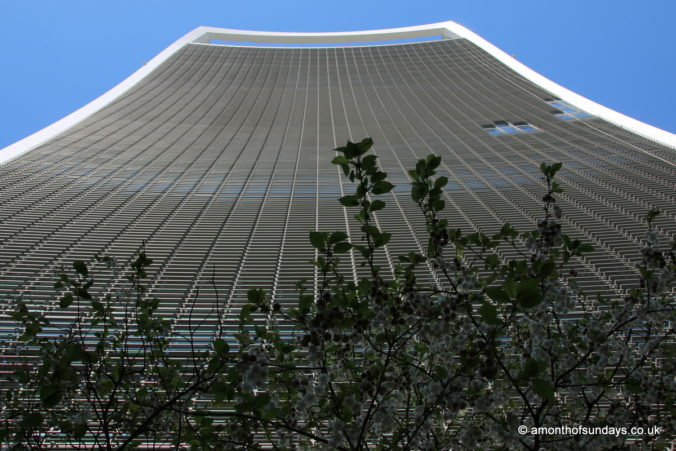Have you ever been for a walk along the Regent’s Canal? Everyone knows about the Thames, and has probably walked across one of its bridges or along the Thames Path, but the Canal is a slightly better-kept secret. During the Industrial Revolution in the 18th century, canals were built all over the country as an efficient way of transporting industrial materials and products, while the roads were still in a relatively poor state. By 1790, the Oxford Canal had been built, meaning that goods could be transported to London and beyond using water transport.
However, the Oxford Canal was only wide enough for one narrow barge at a time, and the Thames didn’t suit these narrowboats at all. Either goods had to be transferred onto larger barges, or the boats were at risk. As such, the idea of a new canal from Paddington to Limehouse, and the creation of a new dock at Limehouse, was born, which would prevent the need for transference onto barges or wagons for goods to reach the City and the Thames docks.

The project started to progress when John Nash started to plan the development of Marylebone Park (later to become The Regent’s Park). Initially Nash planned for an attractive waterway through the park, but upon realising that the cargo boats may prove unsightly he routed the canal instead along the northern boundary, hidden in a deep cutting. This section was completed in 1813, and the whole canal was opened in August 1816, on the birthday of the Prince Regent.
Immediately the canal was busy, with cargo ranging from building and industrial materials to hay and vegetables for the markets. These early cargo boats were pulled by horses, walking along the towpath at the side, although ‘legging’ was required in two of the tunnels (a chain-powered tug was introduced in 1826 given how slow this process was). We [well, one of us…] tried legging for ourselves at the Black Country Living Museum – we can highly recommend as a great day out! However, the ‘golden age’ of canals was already on the decline, thanks to Robert Stephenson and the introduction of the powerful steam locomotive. One Midlands route in particular passed across the Regent’s Canal as it came into Euston, the London & York Railway went under the canal by tunnel as it approached Kings Cross, and the Midland Railway went over it into St Pancras. Finally, the North London Railway opened in 1850, carrying goods from Camden to Bow from the Midlands.
Although the waterways continued to be useful for a time in the carrying of coal to power the trains, the carrying of freight in its entirety ended during the 1970s, leaving us with a beautiful path running alongside London Zoo (you can see the giraffes on a good day!) and past the backs of the ridiculously ornate and luxurious, many Nash-designed, houses in Regent’s Park.

Continue reading →
If you enjoyed this, please share with your friends!
Like this:
Like Loading...



















